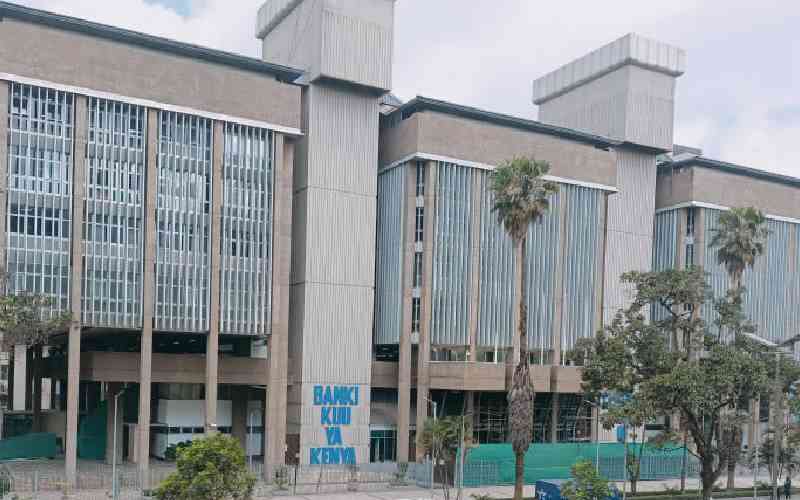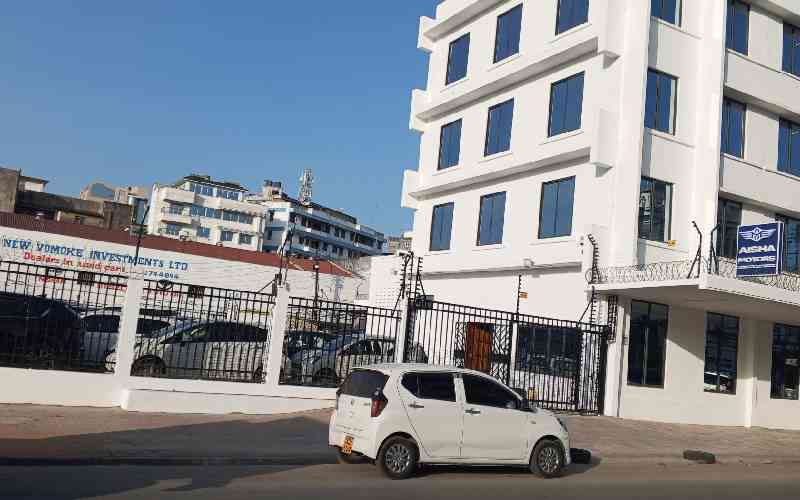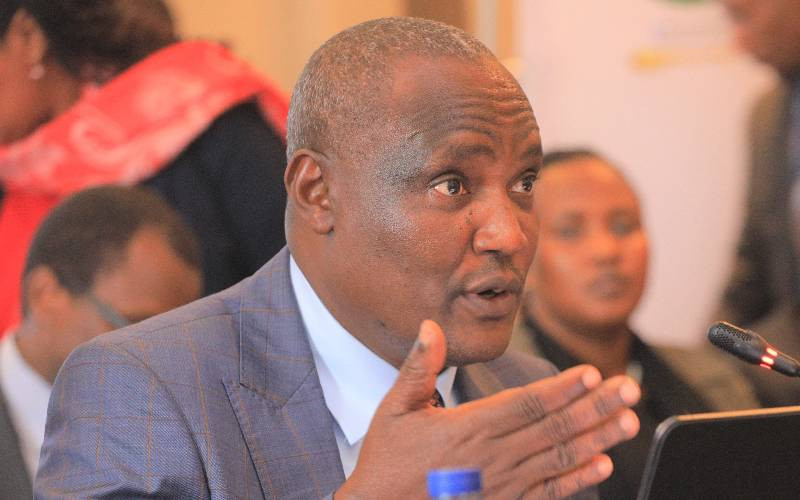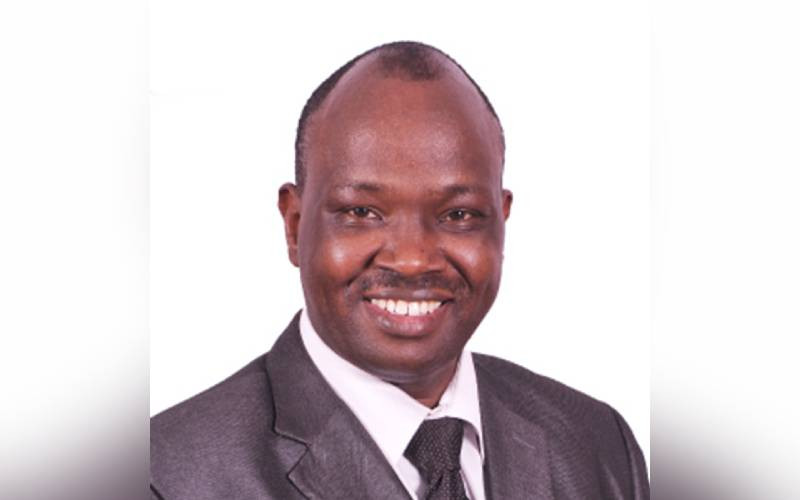Uganda, Kenya, Rwanda and Burundi have now signed an agreement under the East African Community (EAC) Common Market Protocol that allows architects from the EAC to freely practise their profession in any of the countries. Engineers, quantity surveyors, contractors, developers, project managers and planners are also encouraged to do the same, writes ALLAN OLINGO
July this year in Kampala, architects from within the East Africa Community (EAC), under the banner of East Africa Institute of Architects, signed the Architects Mutual Recognition Agreement (MRA), which was negotiated in accordance with the EAC Common Market Protocol.







